Nero Egernia
Well-Known Member
I thought it would be worth composing a thread that lists caterpillars and their adult counterparts (butterflies and moths) that are suitable as feeders for insectivorous reptiles and amphibians. I tend to collect wild fodder often and I'm always interested in said species biology. In general, brightly coloured caterpillars and their adult counterparts are toxic or unpalatable to predators, but this is not always the case. Toxicity can be generally linked to the food that the caterpillars feeds on. The bright colours provide a warning to potential predators that the caterpillar species in question is toxic or unpalatable to dissuade physical assault. But sometimes the bright colours are merely bluff.
Avoid collecting caterpillars that have or may have come into contact with chemicals, pesticides and other such poisons as some caterpillar species are considered pests. But we, as "herp" keepers, can take advantage of these so-called pests!
In this post I aim to provide the species' common name, scientific name, a photo (generally won't be my own photos) of both the larval and adult forms, and a short, very basic description of their biology. I will also add links for further reading for those interested. If anyone has any input, feel free to post it, discuss it, and I will edit this original post to add to the list (if I'm allowed to do this administrators?).
If I provide incorrect information, please feel free to correct!
Common Name: Silkworm, Silk Moth Caterpillar
Scientific Name: Bombyx mori
Biology: A common feeder insect that is dependent on humans to survive. The silkworm feeds on mulberry leaves, although there has been anecdotal evidence that they feed on beetroot leaves as well. This has not happened in my experience. The moths are flightless and are unable to feed. They will emerge from their cocoons, mate, and then die.


Common Name: Cabbage Moth, Cabbage White Butterfly
Scientific Name: Pieris rapae
Biology: Considered a pest. The caterpillars feed on plants from the family Brassicaceae, such as cabbage, cauliflower, and broccoli. The butterflies are able to fly and feed.

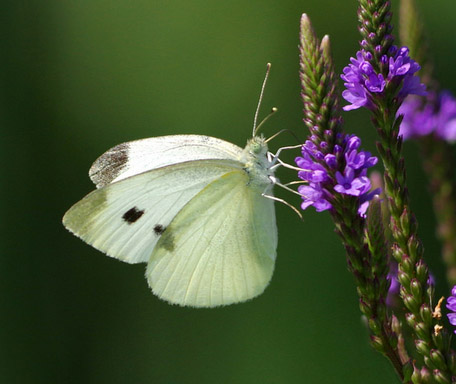
Common Name: Pasture Day Moth
Scientific Name: Apina callisto
Biology: Considered a pest. The caterpillars feed on a range of herbacious plants that include, but are not limited to, capeweed, clover and pigface. In my experience they have also been seen feeding on broccoli and cauliflower. The caterpillars are generally seen in late autumn and early winter, feeding on pasture out in the open. When full grown they burrow under the soil and pupate. These caterpillars are brightly coloured, but in my experience, are safe to feed to herpetofauna. I have seen birds predate on them in the wild. The moths are able to fly and feed, and are diurnal.
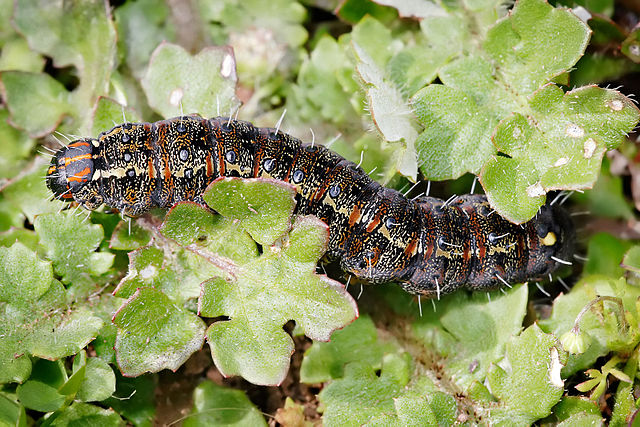

Common Name: Christmas Moth, Southern Old Lady Moth
Scientific Name: Dasypodia selenophora
Biology: This moth, as per its name, is commonly seen around Christmas. The caterpillars are not so easily seen, however. They rely on camouflage and usually only feed at night, and shelter during the day. The caterpillars are seen feeding on a variety of wattles. In my experience, the caterpillars tend to favour newer, softer leaves. The adults are able to fly and feed.
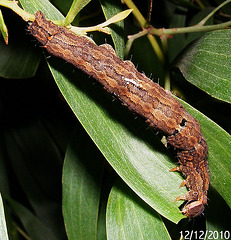
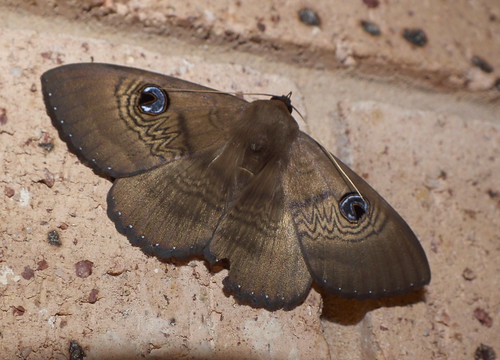
Common Name: Horned Worm, Tobacco Worm, Goliath Worm
Scientific Name: Manduca sexta
Biology: This species is not available in Australia(?). It is considered a pest. The horned worm is a common feeder insect overseas. The caterpillars are seen feeding on plants of the Solanaceae family. Avoid feeding caterpillars that have fed on the toxic species of the Solanaceae family such as the tobacco plant. Caterpillars fed on tomato plants are safe, however. The adults are hawk moths and are able to fly and feed.

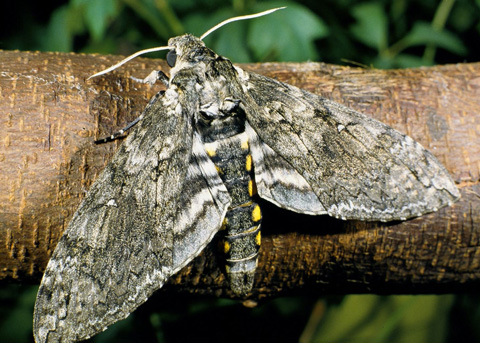
Common Name: Australian Grape Vine Moth, Vine Moth
Scientific Name: Phalaenoides glycinae
Biology: Considered a pest. The caterpillars are seen feeding on grapevine leaves and other plants such as fuchsias and primrose. The adult moths are diurnal and are able to fly and feed. Although brightly coloured, it's merely bluff. Be warned though that these caterpillars have a rather unpleasant defense behaviour that both people and reptiles can find a bit off-putting! If the caterpillars feel threatened they will often swing their heads and spew forth their stomach contents. Their vomit is harmless, however. I find that organic vineyards are all too happy for you to come and collect them. They're usually seen over the warmer months with around three or more life cycles depending on the weather.
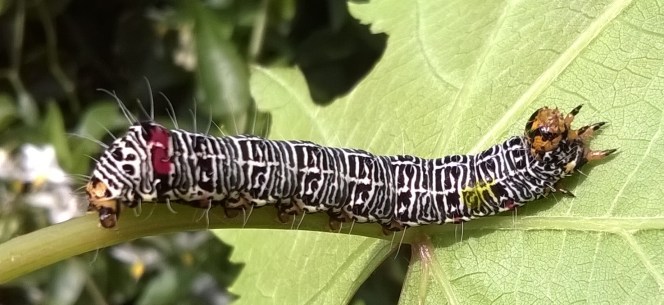

Common Name: Vine Hawk Moth, Silver Striped Hawk Moth
Scientific Name: Hippotion celerio
Biology: This species occurs throughout most of Australia, and indeed, most of the world. The caterpillars can be highly variable ranging from brown, to green, red, and dark grey. They have eye marks on their abdominal segments and a single spine on their rears. The adults are capable of feeding and flight. The caterpillars feed on a variety of plants such as grape vines, fuchsias, rhubarb, sweet potato, frangi-pani and more.
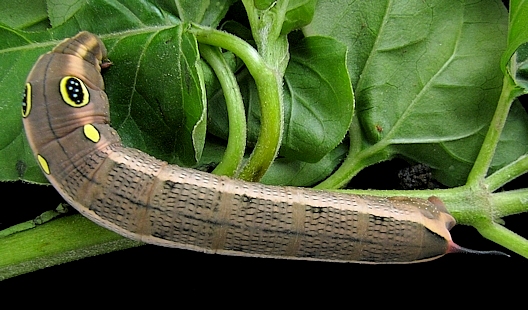

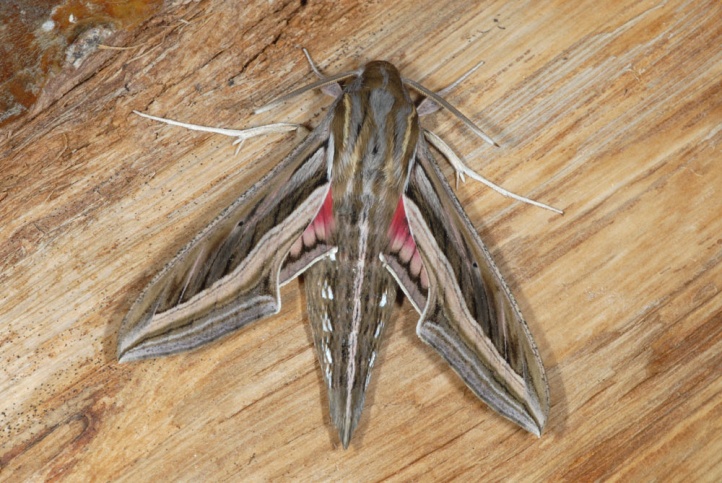
Common Name: Orchard Swallowtail Butterfly, Citrus Swallotail Butterfly
Scientific Name: Papilio aegeus
Biology: This species is native to the eastern states of Australia, but not long ago I have seen individuals in Western Australia. The caterpillars are commonly seen feeding on citrus plants, but they're also known for feeding on boronia, cumquat, parsley and more (please refer to further reading). The caterpillars have a unique defense behaviour when if disturbed, especially when being touched on the head region, they rear up and evert a red osmeterium while producing a citrus smell. Earlier instars are brown and white, often resembling bird feces, while older instars are green and white. They have a spiky appearance but overall are soft to the touch. Adults are large butterflies, and are capable of feeding and flight. A truly fascinating species. I haven't had much of an opportunity to test whether they're palatable, but their cryptic camouflage and unique defense behaviours would suggest that they're a favoured food item to predators.

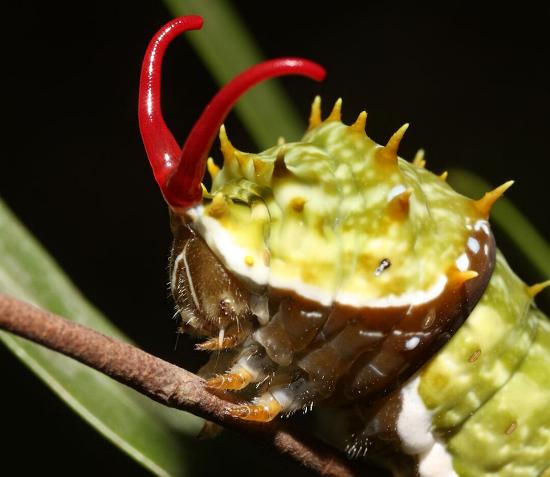
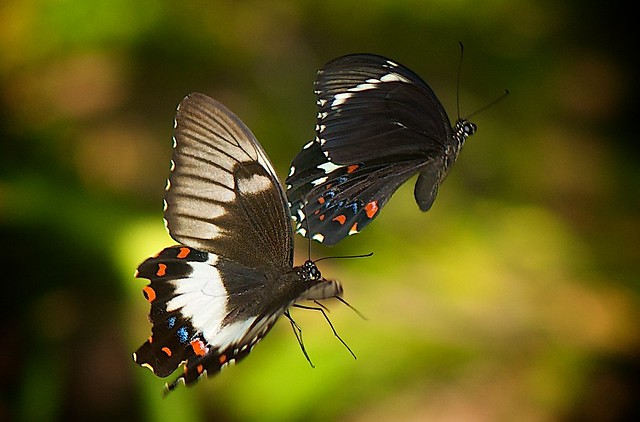
Further Reading:
http://www.peacefulsilkworms.com.au/silkworm-lifecycle
http://lepidoptera.butterflyhouse.com.au/agar/callist.html
http://lepidoptera.butterflyhouse.com.au/cato/selen.html
http://www.butterfliesandmoths.org/species/manduca-sexta
http://www.ozanimals.com/Insect/Grapevine-Moth/Phalaenoides/glycinae.html
http://lepidoptera.butterflyhouse.com.au/sphi/celerio.html
http://lepidoptera.butterflyhouse.com.au/papi/aegeus.html
Avoid collecting caterpillars that have or may have come into contact with chemicals, pesticides and other such poisons as some caterpillar species are considered pests. But we, as "herp" keepers, can take advantage of these so-called pests!
In this post I aim to provide the species' common name, scientific name, a photo (generally won't be my own photos) of both the larval and adult forms, and a short, very basic description of their biology. I will also add links for further reading for those interested. If anyone has any input, feel free to post it, discuss it, and I will edit this original post to add to the list (if I'm allowed to do this administrators?).
If I provide incorrect information, please feel free to correct!
Common Name: Silkworm, Silk Moth Caterpillar
Scientific Name: Bombyx mori
Biology: A common feeder insect that is dependent on humans to survive. The silkworm feeds on mulberry leaves, although there has been anecdotal evidence that they feed on beetroot leaves as well. This has not happened in my experience. The moths are flightless and are unable to feed. They will emerge from their cocoons, mate, and then die.


Common Name: Cabbage Moth, Cabbage White Butterfly
Scientific Name: Pieris rapae
Biology: Considered a pest. The caterpillars feed on plants from the family Brassicaceae, such as cabbage, cauliflower, and broccoli. The butterflies are able to fly and feed.


Common Name: Pasture Day Moth
Scientific Name: Apina callisto
Biology: Considered a pest. The caterpillars feed on a range of herbacious plants that include, but are not limited to, capeweed, clover and pigface. In my experience they have also been seen feeding on broccoli and cauliflower. The caterpillars are generally seen in late autumn and early winter, feeding on pasture out in the open. When full grown they burrow under the soil and pupate. These caterpillars are brightly coloured, but in my experience, are safe to feed to herpetofauna. I have seen birds predate on them in the wild. The moths are able to fly and feed, and are diurnal.


Common Name: Christmas Moth, Southern Old Lady Moth
Scientific Name: Dasypodia selenophora
Biology: This moth, as per its name, is commonly seen around Christmas. The caterpillars are not so easily seen, however. They rely on camouflage and usually only feed at night, and shelter during the day. The caterpillars are seen feeding on a variety of wattles. In my experience, the caterpillars tend to favour newer, softer leaves. The adults are able to fly and feed.


Common Name: Horned Worm, Tobacco Worm, Goliath Worm
Scientific Name: Manduca sexta
Biology: This species is not available in Australia(?). It is considered a pest. The horned worm is a common feeder insect overseas. The caterpillars are seen feeding on plants of the Solanaceae family. Avoid feeding caterpillars that have fed on the toxic species of the Solanaceae family such as the tobacco plant. Caterpillars fed on tomato plants are safe, however. The adults are hawk moths and are able to fly and feed.


Common Name: Australian Grape Vine Moth, Vine Moth
Scientific Name: Phalaenoides glycinae
Biology: Considered a pest. The caterpillars are seen feeding on grapevine leaves and other plants such as fuchsias and primrose. The adult moths are diurnal and are able to fly and feed. Although brightly coloured, it's merely bluff. Be warned though that these caterpillars have a rather unpleasant defense behaviour that both people and reptiles can find a bit off-putting! If the caterpillars feel threatened they will often swing their heads and spew forth their stomach contents. Their vomit is harmless, however. I find that organic vineyards are all too happy for you to come and collect them. They're usually seen over the warmer months with around three or more life cycles depending on the weather.


Common Name: Vine Hawk Moth, Silver Striped Hawk Moth
Scientific Name: Hippotion celerio
Biology: This species occurs throughout most of Australia, and indeed, most of the world. The caterpillars can be highly variable ranging from brown, to green, red, and dark grey. They have eye marks on their abdominal segments and a single spine on their rears. The adults are capable of feeding and flight. The caterpillars feed on a variety of plants such as grape vines, fuchsias, rhubarb, sweet potato, frangi-pani and more.



Common Name: Orchard Swallowtail Butterfly, Citrus Swallotail Butterfly
Scientific Name: Papilio aegeus
Biology: This species is native to the eastern states of Australia, but not long ago I have seen individuals in Western Australia. The caterpillars are commonly seen feeding on citrus plants, but they're also known for feeding on boronia, cumquat, parsley and more (please refer to further reading). The caterpillars have a unique defense behaviour when if disturbed, especially when being touched on the head region, they rear up and evert a red osmeterium while producing a citrus smell. Earlier instars are brown and white, often resembling bird feces, while older instars are green and white. They have a spiky appearance but overall are soft to the touch. Adults are large butterflies, and are capable of feeding and flight. A truly fascinating species. I haven't had much of an opportunity to test whether they're palatable, but their cryptic camouflage and unique defense behaviours would suggest that they're a favoured food item to predators.



Further Reading:
http://www.peacefulsilkworms.com.au/silkworm-lifecycle
http://lepidoptera.butterflyhouse.com.au/agar/callist.html
http://lepidoptera.butterflyhouse.com.au/cato/selen.html
http://www.butterfliesandmoths.org/species/manduca-sexta
http://www.ozanimals.com/Insect/Grapevine-Moth/Phalaenoides/glycinae.html
http://lepidoptera.butterflyhouse.com.au/sphi/celerio.html
http://lepidoptera.butterflyhouse.com.au/papi/aegeus.html
Last edited:





